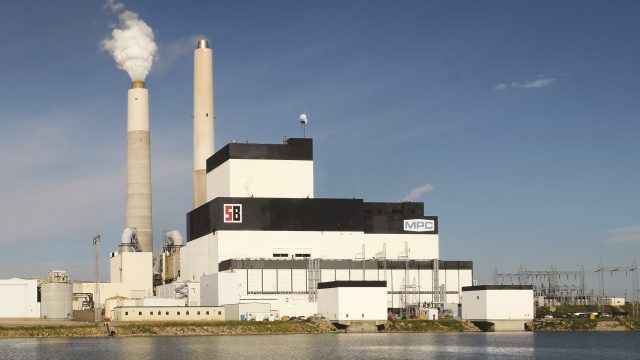Guest Post: Project Tundra Demonstrates ‘Can-Do’ Spirit

This guest post was submitted by Jason Bohrer, President and CEO of the Lignite Energy Council
Not long ago, carbon capture, utilization, and storage (CCUS) was considered to be a moon shot. A technology with a lot of promise but a steep hill to climb. In fact, just this week, there have been questions raised about Project Tundra, which is an initiative being pursued in North Dakota to build the world’s largest carbon capture facility at the coal-based Milton R. Young Station. Minnkota Power Cooperative, the Energy & Environmental Research Center (EERC) and others are working on the project, which would capture carbon dioxide (CO2) onsite and permanently store it more than a mile underground.
There has been some confusion about Project Tundra and a similar project in Texas known as Petra Nova. Petra Nova is a carbon capture project that uses the CO2 for enhanced oil recovery in partially depleted oil fields. The project was successfully completed on time and on budget in 2017 but was recently idled due to historic declines in the price of oil. As the cost of oil increases, the plant will come back online and begin capturing CO2 again. Project Tundra is different from Petra Nova in that its financial model does not depend on oil prices or other market drivers. Instead, it uses the federal 45Q tax credit, which pays per ton for CO2 stored underground. This tax credit invests in the future and operates like previous incentives to technologies like wind and solar.
Incentivizing CCUS technology has broad, bipartisan support in Washington and right here in North Dakota. And the reason is simple: If the United States does not lead in the development of this technology, who will? Furthermore, if this technology is not advanced, it will become extraordinarily difficult for the world to meet the ambitious climate goals that have been laid out by the United Nations Intergovernmental Panel on Climate Change (IPCC) and many others. Worldwide, the use of fossil fuels will continue, which makes finding economical ways to capture carbon emissions vitally important.
The Lignite Energy Council and its membership are committed to continued generations of coal mining and pursing carbon capture is a key component of protecting the 14,000 jobs related to the industry and adding new jobs because of this new technology. Currently, the North Dakota lignite industry contributes $130 million a year in direct taxes to the state as well as $5.7 billion in annual economic impact.
North Dakota is uniquely positioned to make the next technological breakthrough for CCUS. We have industry-leading scientists at the EERC who have decades of CCUS research expertise. We have a regulatory framework that promotes innovation. And we have people who are committed to developing next-generation energy technologies not only for the benefit of North Dakota, but for the entire world.
As Americans were undertaking the race to the moon – President Kennedy urged the country to stay focused on the end goal not because it was easy, but because it was hard. That’s the American and North Dakota spirit.




